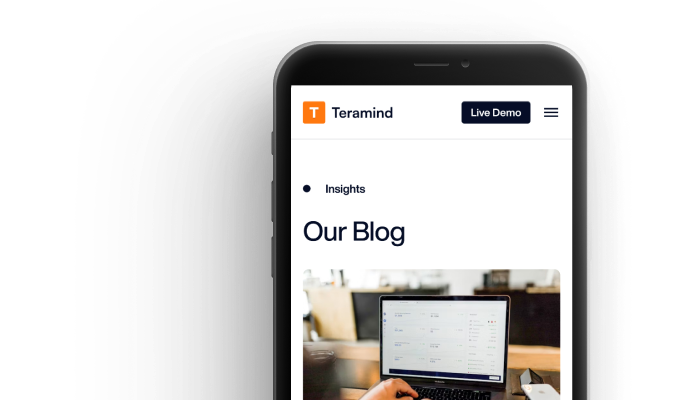

14 years in prison and a $200,000 fine. That’s what it cost a Michigan chemist caught stealing trade secrets from Coca-Cola and Eastman Chemical Company. And...

Manage insider risk, optimize productivity, and enforce compliance with Teramind.
Solutions
Cybersecurity
Productivity
New From Teramind
Company
Insights
Explore Insights
Partners
Solutions
Productivity
Cybersecurity
Advanced
Insights
Resources
Teramind Labs
Company
© 2014-2024 Teramind Inc.